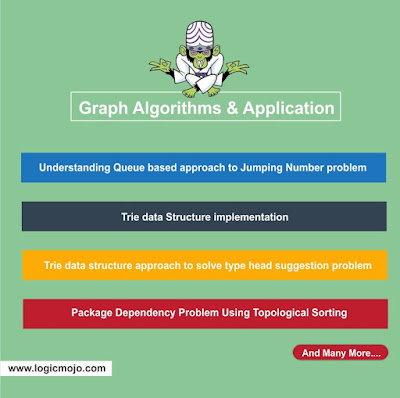System Design interview questions on Data Structures: The Glue That Joins Algorithms with Data
How to design a better algorithm? It is one of the basic System Design interview questions that beat most of the programmers. Even software designers are looking for better algorithms. However, how one algorithm outperforms another? It is not just enough to complete the job and fix the problem. Suppose in 5 years you can solve the problem, and someone else will find a solution in 5 minutes. This is not a fast problem with computers, but a fast algorithm problem.
The stability of the algorithm is
measured in terms of its complexity. Logarithmic time complex algorithms are
better than polynomial time complex algorithms. The important point here is
that you need a data structure andalgorithms in JAVA to design a better system. They organize data perfectly
and allow easy access to the data.
The most common data structures are
arrays, stacks, queues, trees, and related lists.
It appears like a basic component
in various other applications.
Exploring data structures is a very
difficult and difficult area.
Another important thing to remember
is that the best data structure andalgorithms online course can be considered language independent. Data
structures or algorithms can be implemented in C, C ++ or java, depending on
the limitations imposed by the language.
Let us take a closer look at some
data structures.
1. Array:
Arrays are used to store items of the
same type. You can access items randomly. But insertion or deletion from the
center is a problem. You need to know the size of the array beforehand.
2.Link list
Linked lists provide a very
flexible way to save and recover data. You can remove or add anywhere and
add items dynamically without knowing how many items you need in advance. The
other drawback is that random access is not possible.
3. Stack
The stack is executed using an
array or linked list. Add and delete items only by LIFO. The stack has many
applications that include search algorithms, redundancy, and so on.
4. Queue:
The queue is a FIFO structure.
Queues are implemented using an array or associated queue. Using queues, you
can remove them from one side or add them from the other.
There are different types of
queues, like circle queues. Double queue ended, limited input queue




Comments
Post a Comment